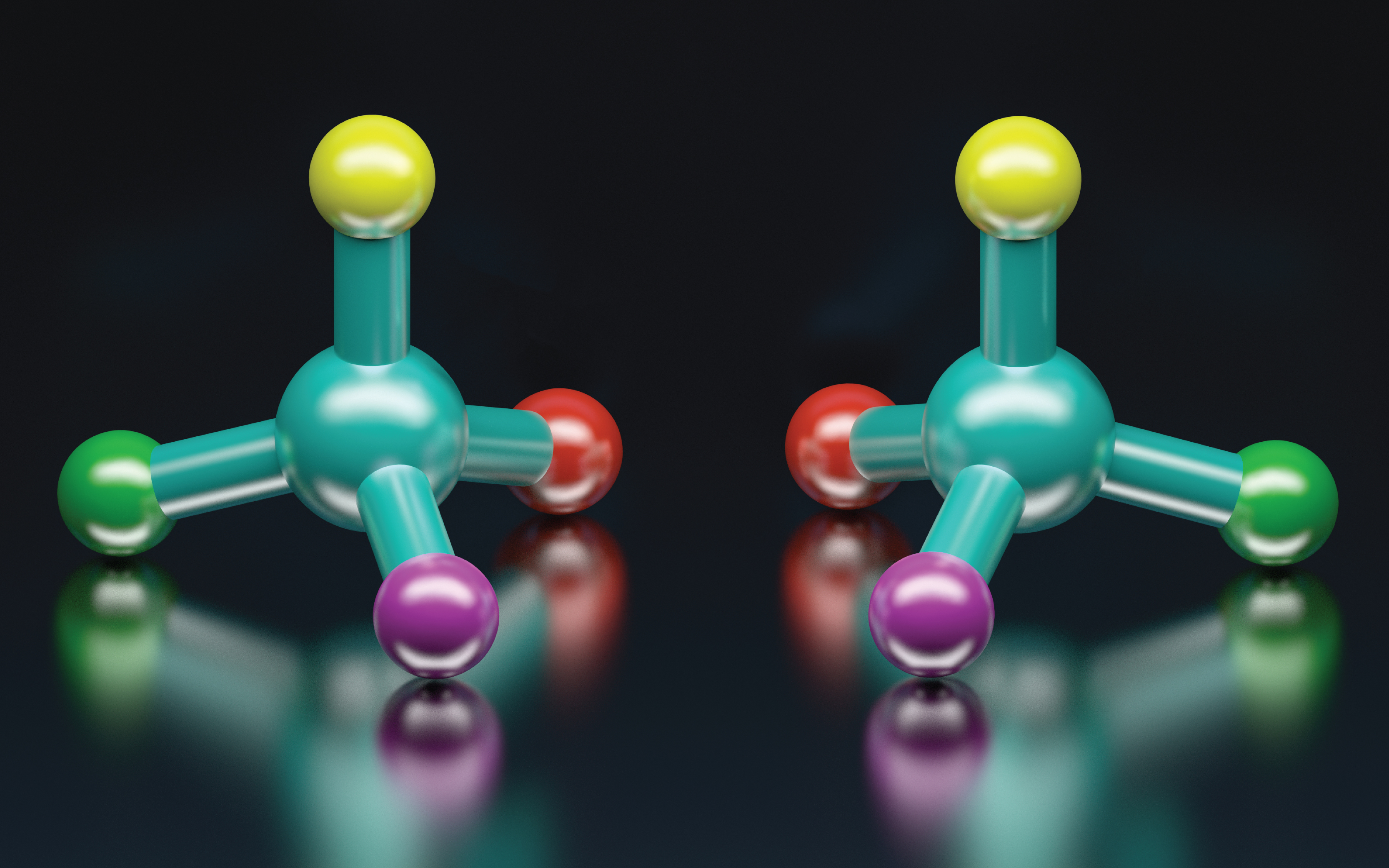Chemical reactions underpin our ability to build molecules for all sorts of compounds, from life-saving drugs to advanced materials. In the SN2 reaction, for example, a molecule called a nucleophile attacks the carbon atom of a second molecule, typically a halogen element, allowing an exchange of atoms to form a new molecule.
While the SN2 reaction is well established, it is only able to produce half the maximum amount of enantiomers: chemicals that have the same composition but are structurally mirror images of each other, which may mean they have completely different properties. A slightly different reaction pathway, SN2X, gives chemists greater control over producing a desired enantiomer through a process called dynamic kinetic resolution (DKR).
“DKR works a bit like a recycling loop, where the unwanted enantiomer is continuously converted back into the starting material until the desired one is made. This method helps us produce safer, more effective medications and other important chemicals,” explained Choon Wee Kee, a Scientist at the A*STAR Institute of Sustainability for Chemicals, Energy & Environment (A*STAR ISCE2).
In collaboration with Choon-Hong Tan and colleagues from Nanyang Technological University, Singapore, Kee sought to better understand the conditions for optimising SN2X reactions to produce specific enantiomers.
Their quantitative studies revealed that the DKR process, which typically involves nucleophile-halogen interactions, can also occur when sulfur is used instead. In the SN2Ch reaction, the nucleophile interacts with sulfur via a chalcogen bond. This forms an intermediate molecule that allows DKR to proceed, leading to the production of the desired enantiomer.
As such reactions often rely on catalysts to speed up the process, the researchers also looked into the role of these additives. They found that bromide ions, often present in common catalysts in SN2X reactions, can step in and enable DKR. The team’s findings show how the DKR-based strategy can be flexible and suited to different situations, including those where the nucleophile and halogen pair are not naturally well-matched.
“Our discoveries open up powerful new ways to control how molecules are built,” Kee noted. “These insights will help chemists design cleaner, more selective and more efficient reactions, which in turn leads to safer drugs, better agricultural chemicals and more sustainable industrial processes.”
Next, the team plans to explore how their findings might apply to other chemical reactions, especially those that involve more complex molecules. The surprising role of bromide in SN2X reactions has also prompted the team to study other common additives more closely.
“We want to better understand and eventually control these subtle but powerful effects on reaction outcomes,” Kee said.
The A*STAR-affiliated researchers contributing to this research are from the A*STAR’s Institute of Sustainability for Chemicals, Energy & Environment (A*STAR ISCE2).






